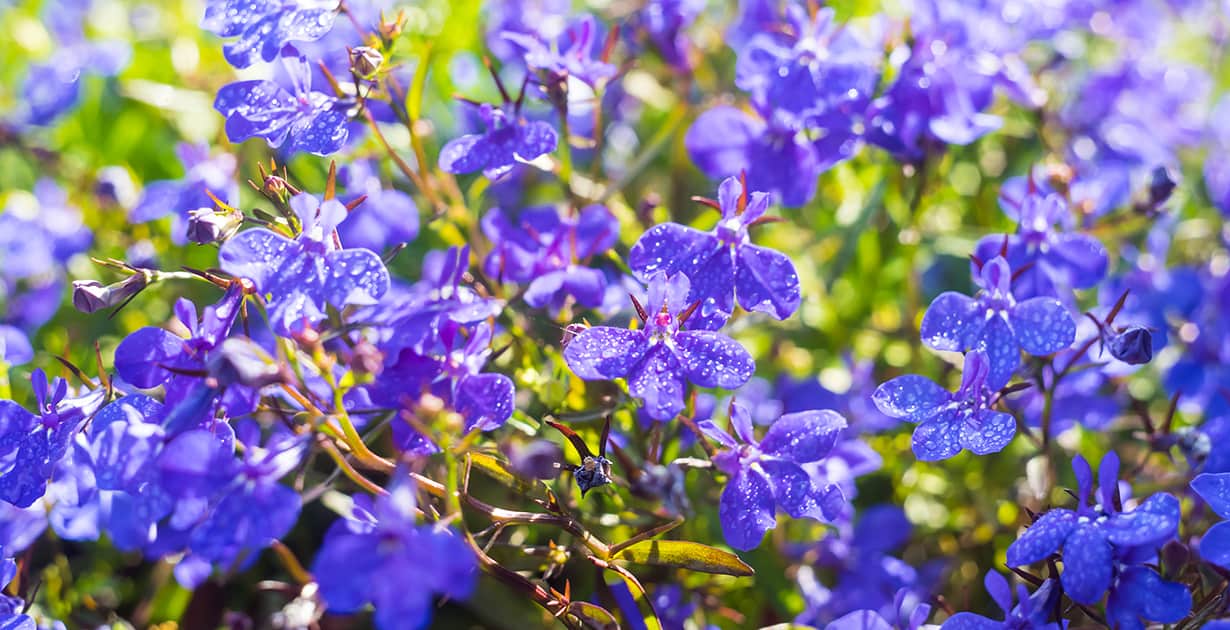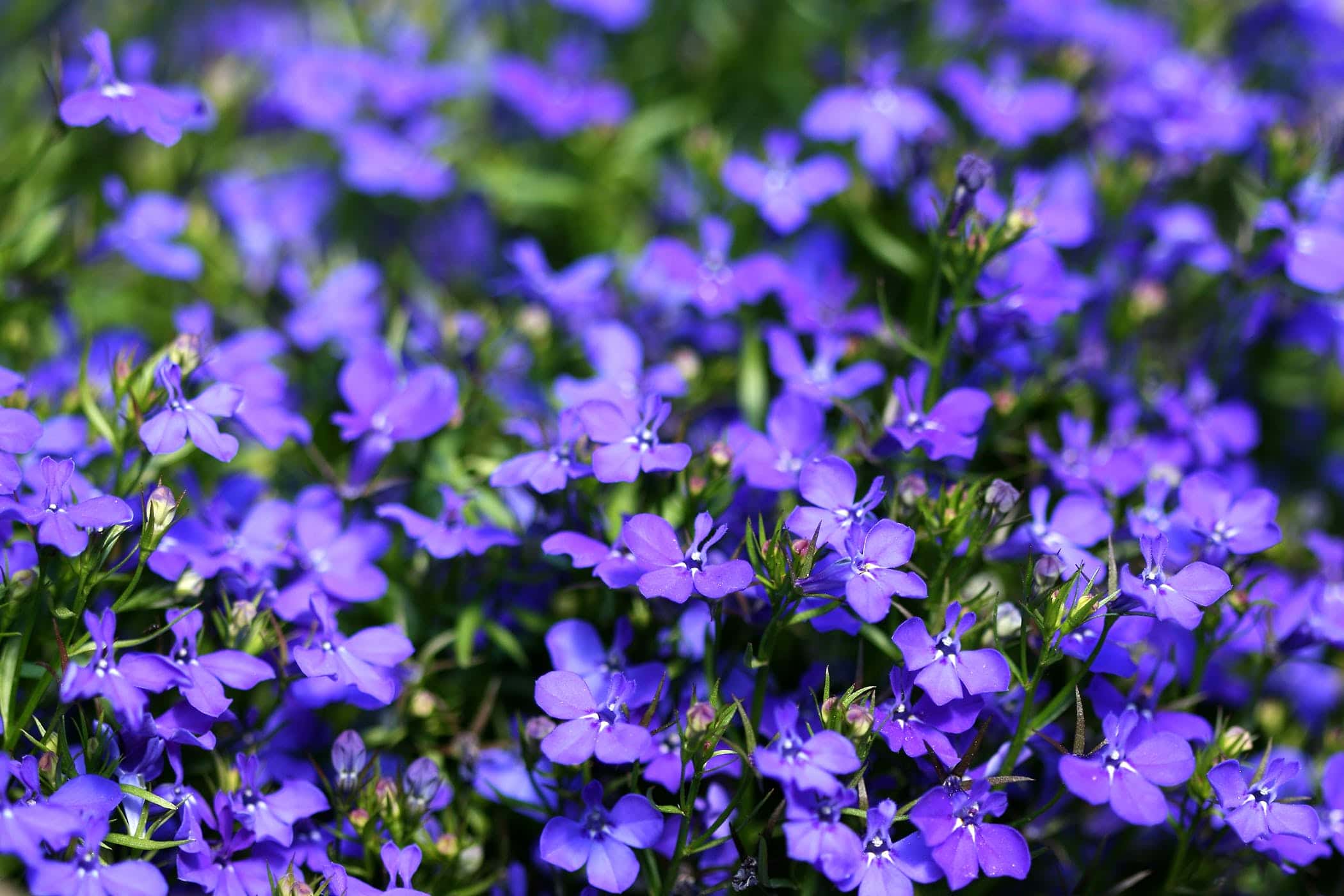Ready to leave?
Oops ! Condition name you have entered is invalid.
You are now leaving Aposbook.com and going to an external site managed by another organization.
Please confirm your email address and try to login again.
This account has been deleted. do you want to restore it?

Validate your email
A verification link will be sent to within the next 2 minutes. Please click it to validate your e mail.
*If you didn't get the link, please check your spam folder
Welcome to Aposbook,
As a registered user, you can benefit from the various free tools and services that we provide.
All you need to do is log in to start discussing with others, interacting, asking questions, and sharing your point of view about the various topics.
You can also write reviews and testimonials about any natural solution you have tried and share your experience. Your feedback can be very helpful.
If you are a health expert, you can add information about any topic or suggest text edit. You can also publish content, including articles and videos, about any topic from the related library section.
Together we can help.
The Aposbook Team
Forgot Password?
A validation link will be sent to you by email. Please confirm your address to log in
*If you didn't get the link, please check your spam folder
Please log in to use this feature
Your account has been suspended because you have violated our code of conduct. If you think this was a mistake, you can contact us by email at: support@aposbook.com "Contact us" form.
Success! Thank you for your feedback. Your contribution can make a difference. Together we can help each other.


Herbal Medicine
Lobelia
Lobelia: Uses, Benefits, Side Effects, and More
Complete Guide to Lobelia
What is Lobelia
Visit our "Library Center" section below to find all the information on lobelia.
Meanwhile, we are working on this section's content, and we will publish it soon. If you are an expert on this topic, please suggest related information.
Together we work to help the community.
What is Lobelia
Visit our "Library Center" section below to find all the information on lobelia.
Meanwhile, we are working on this section's content, and we will publish it soon. If you are an expert on this topic, please suggest related information.
Together we work to help the community.
Lobelia history
Visit our "Library Center" section below to find all the information on this topic.
Meanwhile, we are working on this section's content, and we will publish it soon. If you are an expert on this topic, please suggest related information.
Together we work to help the community.
Lobelia history
Visit our "Library Center" section below to find all the information on this topic.
Meanwhile, we are working on this section's content, and we will publish it soon. If you are an expert on this topic, please suggest related information.
Together we work to help the community.
How Lobelia works in the Body
Visit our "Library Center" section below to find all the information on this topic.
Meanwhile, we are working on this section's content, and we will publish it soon. If you are an expert on this topic, please suggest related information.
Together we work to help the community.
How Lobelia works in the Body
Visit our "Library Center" section below to find all the information on this topic.
Meanwhile, we are working on this section's content, and we will publish it soon. If you are an expert on this topic, please suggest related information.
Together we work to help the community.
Lobelia components
Visit our "Library Center" section below to find all the information on this topic.
Meanwhile, we are working on this section's content, and we will publish it soon. If you are an expert on this topic, please suggest related information.
Together we work to help the community.
Lobelia components
Visit our "Library Center" section below to find all the information on this topic.
Meanwhile, we are working on this section's content, and we will publish it soon. If you are an expert on this topic, please suggest related information.
Together we work to help the community.
How to use Lobelia
Visit our "Library Center" section below to find all the information on this topic.
Meanwhile, we are working on this section's content, and we will publish it soon. If you are an expert on this topic, please suggest related information.
Together we work to help the community.
How to use Lobelia
Visit our "Library Center" section below to find all the information on this topic.
Meanwhile, we are working on this section's content, and we will publish it soon. If you are an expert on this topic, please suggest related information.
Together we work to help the community.
Lobelia benefits
Visit our "Library Center" section below to find all the information on this topic.
Meanwhile, we are working on this section's content, and we will publish it soon. If you are an expert on this topic, please suggest related information.
Together we work to help the community.
Lobelia benefits
Visit our "Library Center" section below to find all the information on this topic.
Meanwhile, we are working on this section's content, and we will publish it soon. If you are an expert on this topic, please suggest related information.
Together we work to help the community.
Lobelia precautions
Visit our "Library Center" section below to find all the information on this topic.
Meanwhile, we are working on this section's content, and we will publish it soon. If you are an expert on this topic, please suggest related information.
Together we work to help the community.
Lobelia precautions
Visit our "Library Center" section below to find all the information on this topic.
Meanwhile, we are working on this section's content, and we will publish it soon. If you are an expert on this topic, please suggest related information.
Together we work to help the community.
Lobelia side effects
Visit our "Library Center" section below to find all the information on this topic.
Meanwhile, we are working on this section's content, and we will publish it soon. If you are an expert on this topic, please suggest related information.
Together we work to help the community.
Lobelia side effects
Visit our "Library Center" section below to find all the information on this topic.
Meanwhile, we are working on this section's content, and we will publish it soon. If you are an expert on this topic, please suggest related information.
Together we work to help the community.
Explore other Herbal Medicine
Suggested benefits of Lobelia
What science says about Lobelia
Library center Lobelia





 Buy now
Buy now












/160876837-569fee2c5f9b58eba4adfa19.jpg)






[0]